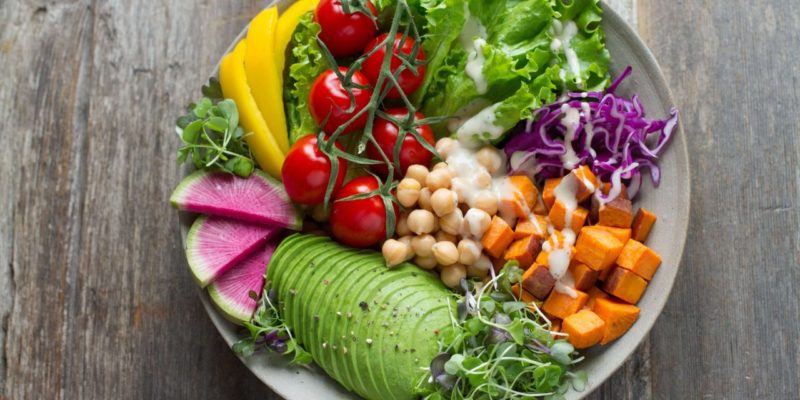
Vegetarian Muscle Building Guide for Women
As we know, nutrition is queen when it comes to making the progress you’ve always dreamed of in the gym. It can make or break your weight loss plan and boost your muscle growth in a way that workouts alone could never do.
Where once there was a set way to grow muscle on a diet, nothing is set in stone anymore.
We’re all a heck-uv-a lot more educated when it comes to nutrition and now more and more fitness fiends are turning to a vegetarian diet for both health and moral reasons.
The main concern for many of our meat-free friends is knowing how to build muscle and advance their fitness journey whilst drastically changing their diet. One of the biggest issues around growing muscle on meat free diet all comes back to our favorite macro – protein.
Meat is one of the main sources of protein in our diet for many of us. If you’re planning to take meat off the menu, and still want to progress in the gym, then you need to be in the know about how you’re going to boost your intake.
Luckily, it can be done, and we’re here to help you get what you need out of your vegetarian diet.
Article Preview:
- How do I build muscle as a vegetarian
- What does protein do?
- how to add protein to a vegetarian diet
- High protein foods that can help you gain muscle
- What other macros do you need?
- Final word
How do I build muscle as a vegetarian?
To build muscle, your body needs to be in a certain nutritional balance. These are the two main things you need to turn your hard work into muscle:
- Calorie surplus – You should be consuming more calories than you burn through your day-to-day activities and gym exercises.
- Protein consumption – You should also be eating enough protein to help build muscle after each workout.
If you achieve these two states for your body, irrelevant of whether you’re a vegetarian or not, you’ll build muscle. Simple.
The trick is getting the perfect balance of calorie and protein consumption, as well as finding the foods that will help you achieve these criteria.
What does protein do?
This macronutrient is what our bodies use to grow muscle. Whenever you work out, you create tears in your muscle tissue. Your body fixes these tears and helps the muscles to adapt by repairing the muscles and building them to grow back bigger and stronger.
Protein is the building blocks of this process. You also need it to maintain your muscle levels.
As a key part of your diet, its essential you get healthy amounts of this amino acid in your diet. If you don’t have enough protein in your system, you can risk muscle atrophy.
This is a state where your body starts to compensate for all the extra work by taking the amino acids from healthier parts of the body to make any repairs. Essentially, it breaks down your other muscles to help you get by.
If you’re hoping to succeed with vegetarian muscle building you need to ensure you’re getting enough protein, otherwise you can say goodbye to gains.
According to a study, an active woman looking to gain muscle should include around 1.8 – 2.0g of protein per kg of body weight. You should be aiming to hit this every day, alongside an intensive resistance training program.
How to add protein to a vegetarian diet
This much protein might be more than you’re used to if you haven’t tracked your macros before, and it might seem hard to achieve if you don’t have meat in your diet. But don’t sweat it girl, we’ve got your back.
For the best muscle-growing results, you should aim to get as many of the 9 essential protein amino acids into your diet as possible:
- Leucine
- Histidine
- Methionine
- Isoleucine
- Lysine
- Valine
- Phenylalanine
- Threonine
- Tryptophan
High protein vegetarian foods that can help you gain muscle:
The whey to gains
A quality whey protein powder can be an absolute gamechanger in your muscle and fitness journey. Most products on the market pack in an impressive 20g of protein per portion, making it a powerful supplement to add to your nutrition plan.
It’s fast, convenient and loved by so many in the muscle gaining game because it’s naturally high in protein. It can also be flavored, so you get something that tastes good at the same time.
Whey is a by-product of the milk production process, which makes it appropriate for vegetarians, but not great if you’re thinking of becoming vegan.
If you’re a fan of whey, there are huge range of ways you can enjoy it in your diet. Take it as a shake, blend it into a chocolatey smoothie or add it to your oats for a protein packed snack.
Egg-cellent muscle growth
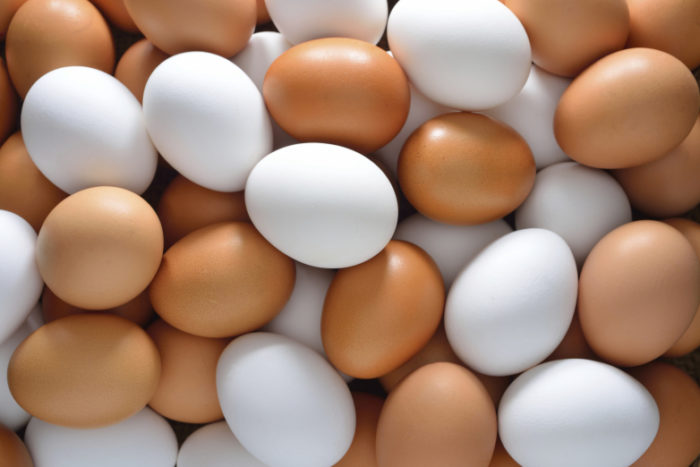 Eggs are one of those magical natural foods that are brimming with nutritious benefits. Aside from tons of vitamins and healthy fats, your average egg holds about 6g of muscle building protein.
Eggs are one of those magical natural foods that are brimming with nutritious benefits. Aside from tons of vitamins and healthy fats, your average egg holds about 6g of muscle building protein.
They also contain all nine of the protein amino acids we mentioned earlier, making them an essential part of your muscle growing diet.
On top of that, they’re also full of key repair minerals like zinc, calcium and iron. This makes them perfect for muscle and repair. You’re welcome.
Dairy gains
Naturally high in protein and good fats, diary can be a fast and tasty way to get more protein in your diet.
If you’re lactose intolerant, give the milk-based products a miss – it’s not worth the stomach pain. If lactose is your friend, definitely check out these options:
Milk. A cup of milk is a great way to help your body recover. It’s full of vitamins, and minerals that optimize your body for the healing and growing process after a workout. A lot of athletes even go for a healthy portion of chocolate milk to give their body the best chances of recovering at speed.
Yoghurts. Specifically, processed yogurts can also be extremely high in protein, which give you a tasty and easy-to-consume serving of your muscle-building macro.
These days you can find Icelandic skyr style yogurts in most stores and supermarkets. Enjoy them as a refreshing treat after a meal and give your macro nutrients a powerful boost.
Cheese. Another tasty dairy treat is quark. It might look like a yogurt, but it’s actually a high protein form of cheese. Don’t get us wrong though, we’re not telling you to eat a block of cheese. Quark is usually flavored and tastes more like a sweet treat than cheese.
Working in that similar vein you’ve also got cottage cheese. This is another protein packed delight. Enjoy it as a savory snack or add some honey and you’ll satisfy that sweet tooth.
Plant-base proteins
When it comes to plant-based proteins, there are plenty of options to help you create a varied and versatile diet. Although they contain proteins, some have more of those nine amino acids than others do, so we recommend you mix up your intake as regularly as possible for a rich protein profile.
Here are a few high-protein options you should aim to include in your diet:
- Quinoa
- Soy based products
- Buckwheat
- Hemp
- Brown Rice
- Legumes (peas, beans, cashews)
Not only will these boost your protein intake, they’re all natural, nutrient-packed ingredients that will nourish your body.
What other macros do you need?
Once you figure out where your calorie surplus sits, and how much protein you should be consuming, you need to think about the carbs and fats you’ll be eating. The best way to do this is to use a macro calculator.
When you have an idea of how your diet will work, it’s just a matter if eating the right stuff to keep your body happy and healthy.
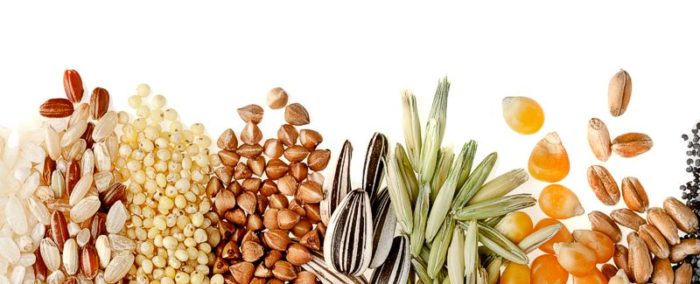
Carbohydrates
A lot of people think carbohydrates are the sign of an unhealthy diet. This simply isn’t the case. With the right carbs in your diet, you can boost your energy levels, take your workouts to the next level and improve recovery rates.
Steer clear of refined sugars and heavily processed carbs like bread or pasta. Your go-to is a complex, unprocessed carb. A great example of this is oats. They release energy slowly, so you benefit from a longer, more controlled release of energy. Perfect if you’re heading to the gym for a big session.
Here are a few other types of carbohydrates you should include in your diet:
- Wholegrain rice
- Sweet potatoes
- Quinoa
- Wild rice
- Beans
- Wholegrain bread
Fats
Fats also get a bad rep, but good fats are a key part of your diet. It’s also been shown that women on low fat diets experience a drop in estrogen [1], so it’s a good idea to get this macro into your meal plan for your overall health.
If you’re a vegetarian, it can be harder to get fat into your meals. We’ve got the answer girls. Nuts.
These little treats are packed full of calories and good fats, perfect if you’re looking to hit that calorie surplus and build muscle. They’re also brimming with healthy vitamins and minerals that will get your body working like a well-oiled machine.
What’s more, you can enjoy them as part of a nut butter – something we can’t get enough of.
Here are a few more veggie friendly sources of fat:
- Brazil nuts
- Walnuts
- Peanuts
- Almonds
- Chia seeds
- Olive oil
Final word
When you’re in the know, turning veggie and building muscle can be smooth sailing.
Once you know what you need to be putting in your body, the macronutrients you need to succeed and the foods that provide those nutrients, you’re on track to achieving some serious, meat-free gains.
Hungry for more nutrition-based articles from your girls at SMG? Read these:
- What is The Keto Diet and Can it Work for Weight Loss?
- What Does IIFYM Mean? – A Guide to Flexible Dieting for Fat Loss
- Using the Mediterranean Diet for Bodybuilding
References:
[1] Ingram DM, Bennett FC, Willcox D, de Klerk N. Effect of low-fat diet on female sex hormone levels. J Natl Cancer Inst. 1987;79:1225-1229.


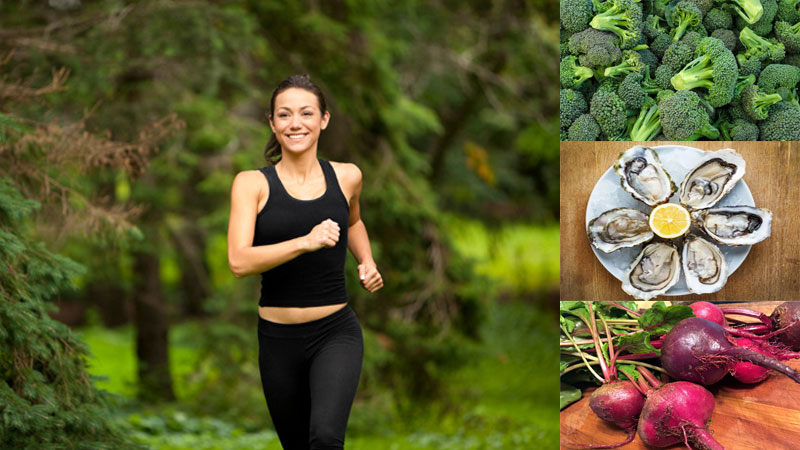
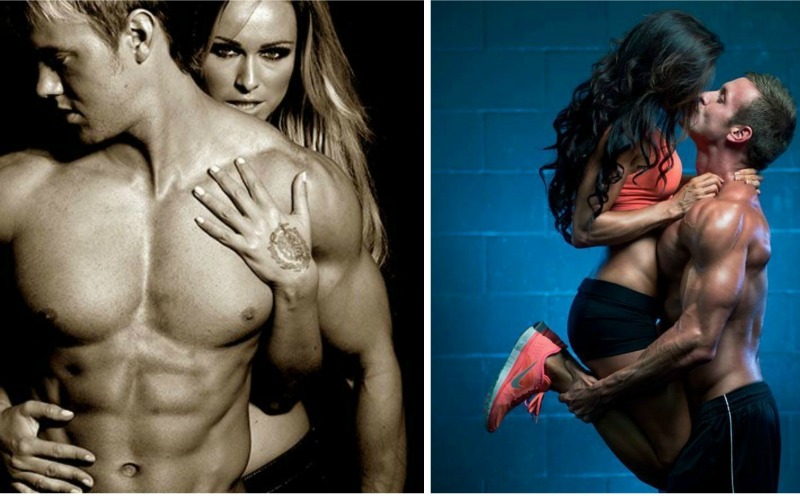

Great article! From a hemp perspective, we are excited that people are realizing the health & nutrients benefits of hemp. Omega-rich and a superfood plant protein.